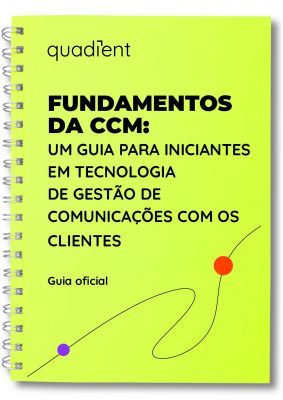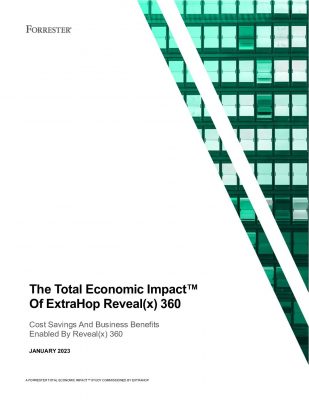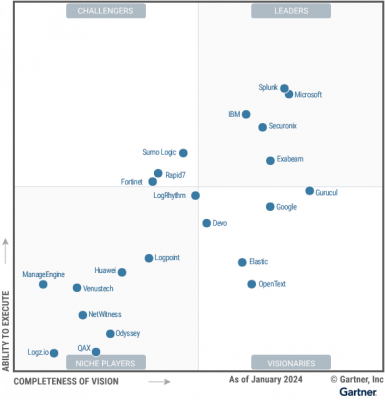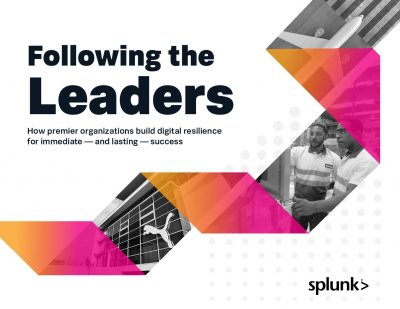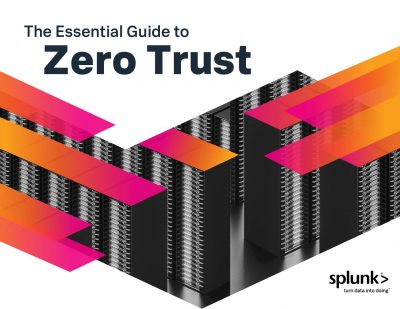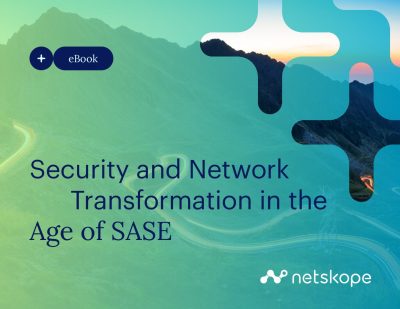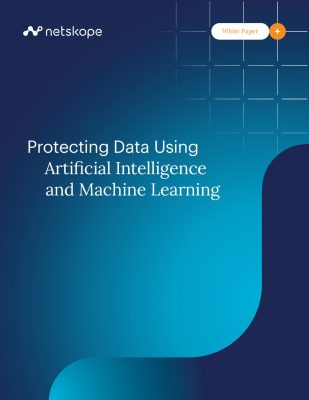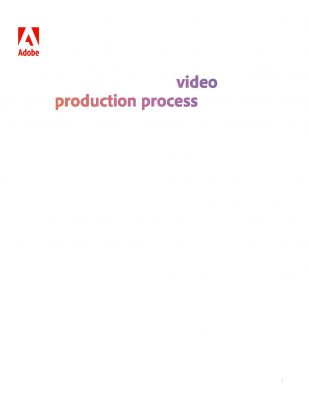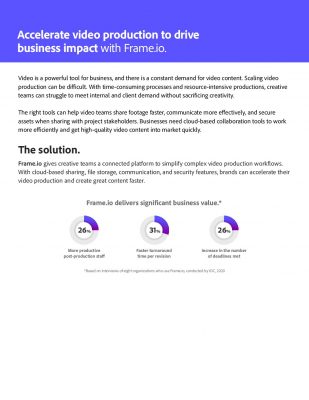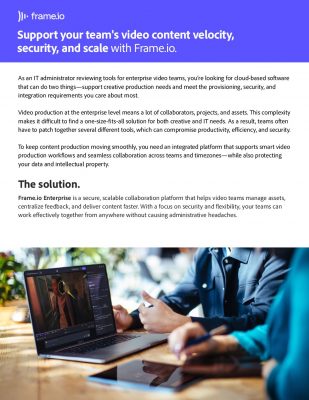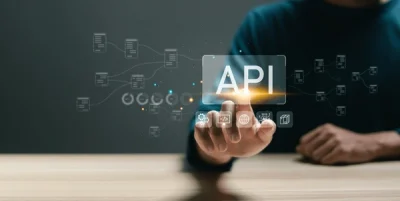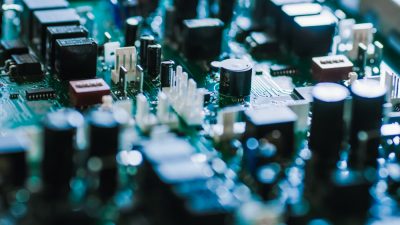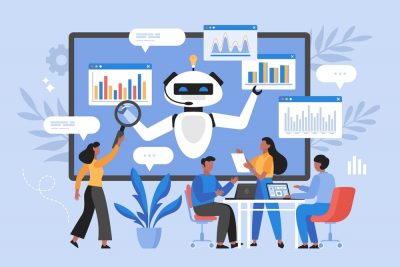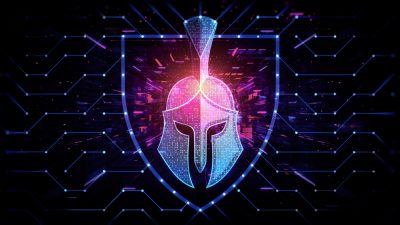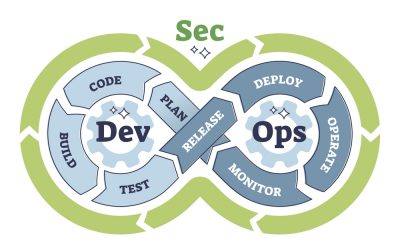Highlights:
- Pega GenAI Blueprint utilizes design thinking principles to help individuals translate ideas into interactive blueprints, laying the groundwork for applications.
- The company is revamping its training method with a generative AI-powered tutor known as Pega GenAI Socrates.
Recently, at the PegaWorld iNspire conference in Las Vegas, a provider of low-code workflow automation, Pegasystems Inc. is unveiling AI-powered enhancements to its Pega GenAI Blueprint application design-as-a-service tool. Additionally, it’s introducing a revamped training approach utilizing generative artificial intelligence to simulate personalized tutoring.
In numerous of its products, Pega has already included generative AI. Through difficult procedures, employees are guided by the GenAI Coach. On the basis of an enterprise knowledge base, GenAI Knowledge Buddy offers contextual responses to queries. GenAI Analyze gathers and synthesizes insights from meetings, data, cases, and conversations, while GenAI Automate automates routine tasks.
Through the application of design thinking principles, Pega GenAI Blueprint enables individuals to transform concepts into interactive “blueprints” that form the basis for applications. Since its April release, the product—which was first announced in February—has been embraced by businesses faster than any other offering in the company’s history, with over 30,000 blueprints created in close to 500 locations.
AI-enabled Process Design
The software leverages generative artificial intelligence, enabling users to generate application designs through the description of business concepts. It utilizes Pega’s accumulated best practices from over four decades to customize workflows for a wide range of scenarios. The company’s Chief Technology Officer, Don Schuerman, explained, “It’s a combination of our best practices and what we’ve seen from clients. It delivers a best-practice first draft that recommends what workflows need to be included, what they look like and what data is needed.”
After finalizing the blueprint design, it can be imported into Pega’s low-code App Studio and transformed into a functional application.
The newly introduced improvements empower organizations to import their current assets, content, and knowledge. Support for business process modeling notion models is slated to be accessible within a month. In contrast, legacy inputs like process documentation, application screens, and comprehensive blueprint designs accessible via application programming interfaces will be integrated in the third quarter. BPMNs represent a standardized set of diagramming conventions used to describe business processes.
In the near future, users will have the ability to instantly preview a proposed user interface across various channels and devices. Pega mentioned that applications developed in App Studio can seamlessly integrate with the majority of enterprise applications through APIs.
During this week’s PegaWorld iNspire conference, a newly introduced user interface is reported to accelerate and streamline the design process. The tool now autonomously generates editable data model fields for each case type, and users have the capability to invite collaborators to participate in editing their blueprints.
With a single click, Generative AI can produce additional asset ideas like case types, fields, or personas. Pega partners have the option to upload and store their exclusive workflow templates in the company’s repository of best practices.
Ultimately, according to Schuerman, GenAI Blueprint serves as an assistant rather than a substitute for a human designer. He said. “AI is best used to help a person design a process rather than to create the process itself.”
The Professor is a Bot
The company is revamping its training strategy with Pega GenAI Socrates, a generative AI-powered tutor. This tutor designs personalized and interactive lessons that dynamically adjust to the student’s vertical industry, skill level, and learning requirements.
Research indicates that 90% of information conveyed via traditional classroom lectures or e-learning platforms is forgotten within a month. Pega highlighted its novel method, employing the Socratic teaching approach. This method fosters critical thinking and generates ideas through dialogue and questioning.
Kate Lepore, Senior Director of Learning Strategy and Solutions, expressed, “We’re moving toward giving each learner a personalized teaching experience.”
The company mentioned that conventional course materials are not well-suited for the Socratic method due to their inflexible lesson structures and reliance on multiple-choice assessments. Generative AI transforms this paradigm.
Pega GenAI Socrates emulates a tutoring session by engaging students in a two-way text or simulated voice conversation, accessible in ten languages. Within this interaction, open-ended questions related to each learning objective are posed. The system tailors lessons to target students’ areas of difficulty, aiding them in comprehending and internalizing newly acquired knowledge.
Students are motivated to apply their knowledge in analyzing real-world situations to enhance retention. Generative AI empowers the tutor to pinpoint knowledge gaps and bypass concepts that students have already mastered.
Pega GenAI Socrates is currently accessible for system architecture training on Pega Academy, with further courses slated for addition over the next few months.
